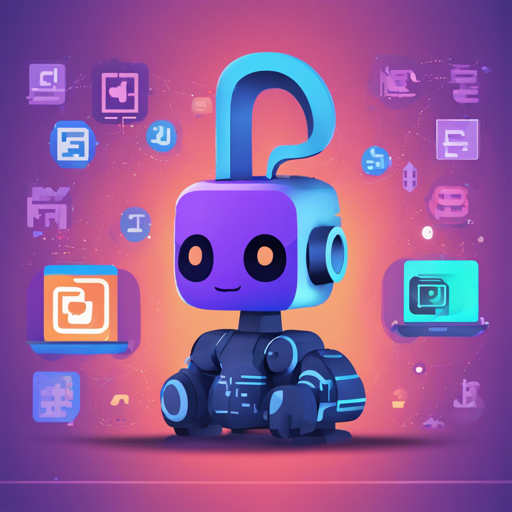Are you ready to dive into the fascinating world of Discord bot development? With Discord4J, a fast and powerful reactive library for Java, Kotlin, and other JVM languages, you can create remarkable bots easily. In this guide, we will walk you through the essentials of setting up a basic Discord bot and responding to user commands.
Prerequisites
- Java Development Kit (JDK) installed.
- An IDE like IntelliJ or Eclipse.
- A Discord account to create your bot.
- A basic understanding of programming fundamentals.
Getting Started with Discord4J
Before you jump into coding, you need to configure your development environment and incorporate Discord4J into your project. Below are the steps to follow:
1. Create Your Bot on Discord
First, you need to create a bot on the Discord Developer Portal. After setting up, retrieve your bot token, which is vital for connecting your bot to Discord.
2. Setting Up Your Project
Using Gradle is highly recommended for managing your project dependencies. Follow the example below to set up a Gradle project:
repositories {
mavenCentral()
}
dependencies {
implementation 'com.discord4j:discord4j-core:3.2.5'
}3. Creating Your Bot
Let’s take a closer look at how to create a basic bot that responds to messages. We will demonstrate this with a simple !ping command that replies with Pong!. Here’s the code:
public class ExampleBot {
public static void main(String[] args) {
String token = args[0];
DiscordClient client = DiscordClient.create(token);
GatewayDiscordClient gateway = client.login().block();
gateway.on(MessageCreateEvent.class).subscribe(event -> {
Message message = event.getMessage();
if (message.getContent().equals("!ping")) {
MessageChannel channel = message.getChannel().block();
channel.createMessage("Pong!").block();
}
});
gateway.onDisconnect().block();
}
}Explanation: The Ping-Pong Analogy
Imagine you’re at a party where everyone is having a great time bouncing ping-pong balls off the walls (messages). Your bot serves as a helpful friend who listens to the sound of the balls (messages) bouncing off. Once it hears a specific sound (the command !ping), it immediately responds with a cheerful shout of “Pong!” The interaction continues as long as the party lasts. Just like that, your bot listens for messages and reacts appropriately!
Troubleshooting Common Issues
During your journey of bot development, you might encounter some hiccups. Here are a few troubleshooting tips:
- Bot Not Responding: Ensure you have enabled the **Message Content** intent in your bot settings on the Discord Developer Portal.
- Permission Issues: Check if your bot has the necessary permissions to read messages and send responses in your channel.
- Unexpected Errors: Often, checking your bot’s logs can provide insights into what’s going wrong. Use a logging framework to capture errors effectively.
- For more insights, updates, or to collaborate on AI development projects, stay connected with fxis.ai.
Conclusion
Congratulations! You now have the foundational knowledge to create a basic Discord bot using Discord4J. As you become more familiar with the library and its capabilities, consider exploring more advanced features like voice connections, embeds, and handling various events. Happy coding!
At fxis.ai, we believe that such advancements are crucial for the future of AI, as they enable more comprehensive and effective solutions. Our team is continually exploring new methodologies to push the envelope in artificial intelligence, ensuring that our clients benefit from the latest technological innovations.

